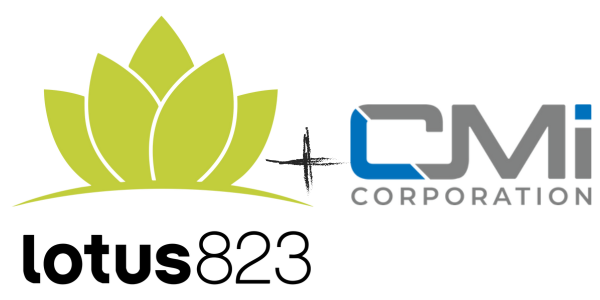Having a website for your business has become as important to your brand as having a resume is for an employee’s career advancement. If you do not have one, you do not exist in today’s market. Additionally, with the ever-evolving digital space, having an old, outdated site is almost as bad as not having one at all, since Google penalizes sites that do not adjust to its algorithm updates.
While there are many components that go into building a website, you can no longer afford to ignore the basic guidelines for development provided by Google, especially if you hope to be seen by your target audience or consumers through a simple search query. In this blog, we break down, at a high-level, the key, initial elements to consider when starting a large web design project.
Design
Websites have evolved to be very visual and typically include movement – whether it be from an animation or video. In fact, the Webby Awards, an event that recognizes superior web development and functionality, has consistently honored sites that incorporate interesting and attention-grabbing graphics that encourage users to engage with the site. In being aware of this shift from copy-heavy pages to more value being given to digital assets, you must consider the imagery that your business has already acquired and determine if you need to work with a photographer or videographer prior to building your site. This digital media will be the foundation for the layout of your site and it is important to have these assets before beginning development.
User Experience (UX)
A key element that will affect the overall design and aesthetic selection for your site is User Experience, commonly referred to as UX Design. Interaction Design Foundation defines it as, “The process of creating products that provide meaningful and relevant experiences to users. This involves the design of the entire process of acquiring and integrating the product, including aspects of branding, design, usability, and function.” Basically, you need to think through how a user who lands on your site engages with the content you provide. Is there an action you would like them to take? Think through the shortest path you would like them to follow to complete the action, as users tend to lose interest when provided with too many options and are therefore less likely to convert. This user track is sometimes referred to as the “customer journey” when referencing selling services or products online.
Additionally, UX design goes towards the navigation of your site. Is it easy for users to get back to the home page? Can they find and access products or services without a lot of searching? These are things to consider when creating the outline for the layout of your site.
Search Engine Optimization (SEO)
Search Engine Optimization is a set of rules and regulations enforced by Google for you to implement into your site to ensure that your site comes up in a search query when a user has a question that your website can provide an answer (i.e. when a user types a question into Google and your site appears as one of the results). SEO originally focused primarily on keywords that could be implemented into your content,ensuring your site would display in a search when certain terms were used. It has now expanded to include additional components such as Metadata, Alt Tags, and various code adjustments, such as JavaScript and CSS minification. Numerous supplementary factors go into what is referred to as, Domain Authority, which is calculated on a 0-100 scale with 100 being the best. The higher your Domain Authority, the more likely your site will show in an organic search. All of these organic search optimizations need to be considered closely as some design choices could affect things, such as load time, which could negatively affect your SEO.
Content Management Systems
Once you have a solid concept on how you want your site to look and feel, you need to consider what Content Management System to use to house all of your copy, digital assets, and key elements that will be utilized to build your site. Some platforms require a better understanding of coding, whereas others have tools such as visual builders that make it simple and easy for anyone to create a basic site by dragging and dropping components. Below are the most popularly used and recognized options, each with its own strengths and weaknesses to consider.
It is important to research and decide what CMS is best for your business. For example, Squarespace is a great platform for small businesses, restaurants, and portfolio websites, whereas Sitefinity is better for large, enterprise-sized sites, and Shopify, Magento, and WordPress have optimizations specifically geared for e-commerce. Here at lotus823, we highly recommend utilizing WordPress to build your site and/or blog. It is the most widely used platform, has an easy-to-use interface, and possesses infinite themes and plugins that can be implemented to create any layout that you are envisioning.
How lotus823 Can Help You
These are only the first few things to consider when building a website. There are many additional factors that go into the backend of the site that supports User Experience, SEO, and enhancements that improve the overall performance of the individual pages, as well as the implementation of marketing tools, such as tracking pixels, Google Analytics, and Google Ads. Feeling overwhelmed? Our team of experts is here to support you in any way you need – from consultation during the web build process to owning the entire creation of the site from start to the finish, along with ongoing management. There are numerous components that go into building a site, and we are here for you every step of the way.
Feel free to reach out with any questions you may have! Contact us here.








